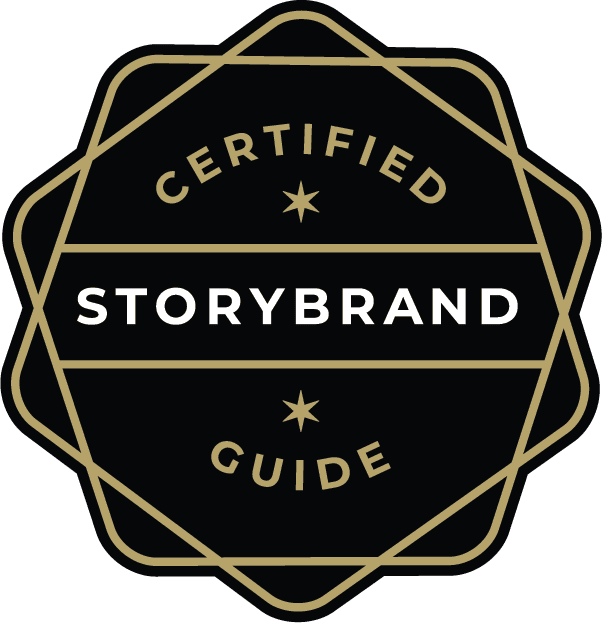
People are hungry for good content, and you have it right there in your latest blog. So why aren’t more people reading it? Maybe they would if they could find it. If you’re not keeping SEO in mind, you may be missing readers who would love to discover your content.
There are countless reasons to start a blog for your business. Doing so can establish your thought leadership, allowing you to demonstrate a real command over your chosen field. It can educate your clients and customers, preparing them to make well-informed purchasing decisions. It can provide fodder for social sharing and brand engagement.
Crucially, however, none of these benefits will materialize if your blog posts go unread. To attract eyeballs, you’ll want to ensure that your blog is optimized for maximum search engine visibility. The question is, what’s required in making your company blog SEO-ready?
Which Factors Impact Blog SEO?
The search engine visibility of your blog may be determined by a combination of different factors. Here are a few of the most important ones.
Dwell Time
Dwell time refers to the length of time people linger on your page. Technically, this is an indirect Google ranking factor, but it does play a big role in overall user experience, which is something Google values.
Simply put, you want blog posts that keep people engaged for long periods of time. That means valuable, well-written, and substantial content. It might mean engaging images or embedded videos. And it certainly means a site layout that’s easy for people to navigate.
Page Loading Time
Nobody has five minutes to spend waiting for your blog to load. In fact, studies have shown that even a four- or five-second load time can cause visitors to abandon your content.
Page loading time is another factor that goes straight to user experience and can thus be influential to your search engine rankings. Make sure you run regular speed tests, confirming a fast-loading time across different browser and device types. If you have issues with your page speed, you may need to abandon clunky code, plugins, or rich media.
Mobile Responsiveness
Another factor to consider is your blog’s accessibility to mobile users. Remember that, statistically speaking, more than half of your readers are likely to come from mobile devices.
Make sure everything about your blog, from font and button sizes to use of white space, caters to mobile users. If your blog is difficult to read or to interact with from an iPhone, that could be a real danger sign for your SEO.
Index Date
Something else to keep in mind is that Google’s algorithms are designed to provide users with fresh, relevant, up-to-date content. So, what does this mean for your blog? For one thing, newer posts are favored. But also, you can go back and revise/update older posts with up-to-date data, potentially boosting the SEO value of an older post. It’s particularly useful to revise any links or sources that you cite, relying on the most current information or data.
This is especially important when you’re writing about topics that aren’t “evergreen,” or that can change or fluctuate over time.
Additional Factors to Consider
Beyond these items, there are a few additional guidelines we’d recommend for optimizing your company blog:
- Use buyer personas to clearly identify your target audience, drafting content that addresses specific needs, questions, and pain points. This is crucial for providing Google with relevant, user-centered content.
- Conduct keyword research, and use keywords judiciously in content, titles, and meta descriptions.
- Write catchy titles that prompt search engine users to click through and read your posts.
- Include an enticing CTA in each post, inviting the reader to take further steps.
With these tips, you’ll be well on your way to a well-optimized blog. If you have any additional SEO questions or want to learn more about incorporating blogging into your digital strategy, contact Woland Web today, and let us help you get found by more readers who would love to discover your content.










